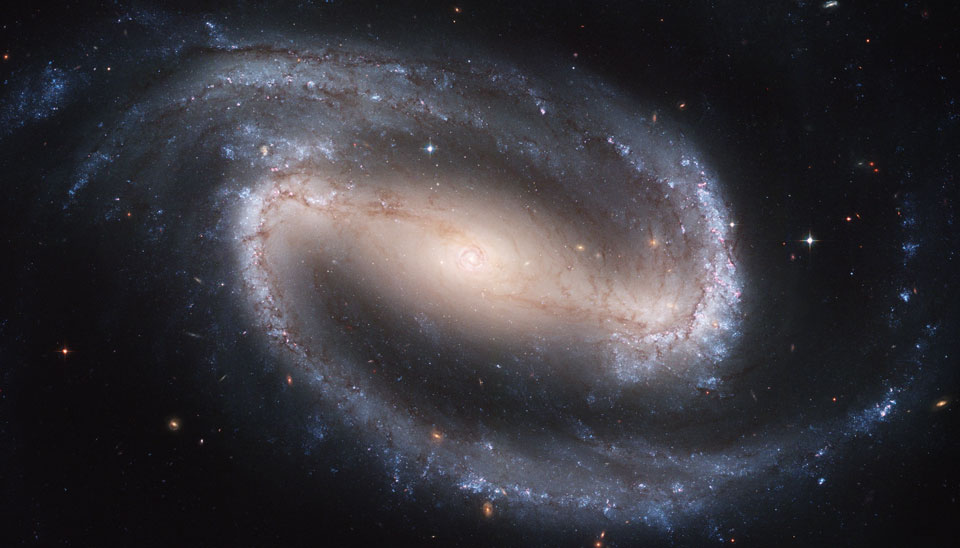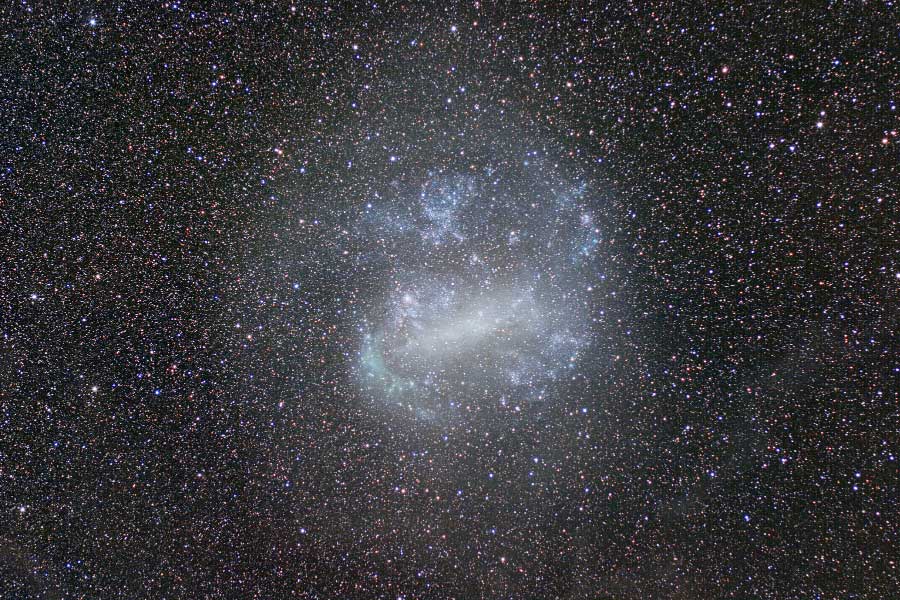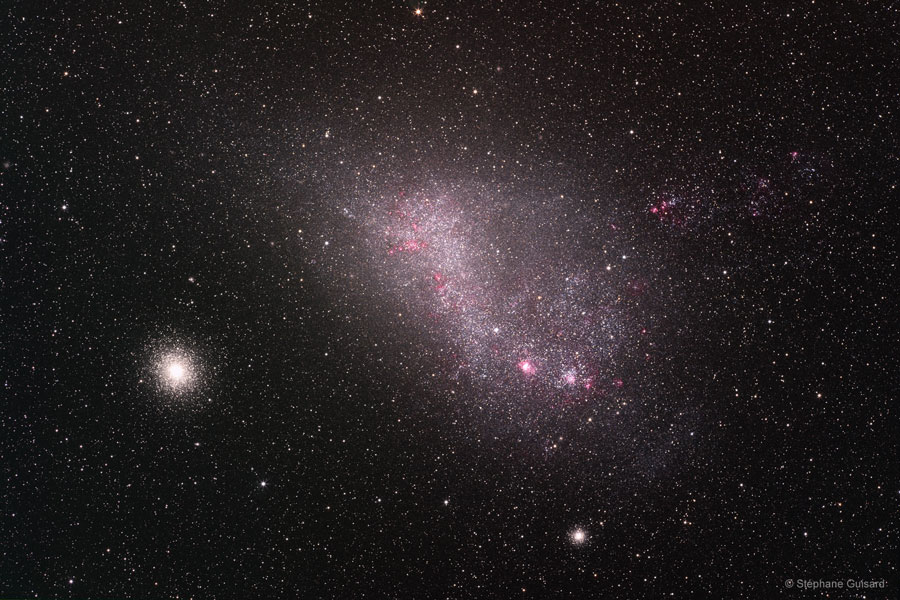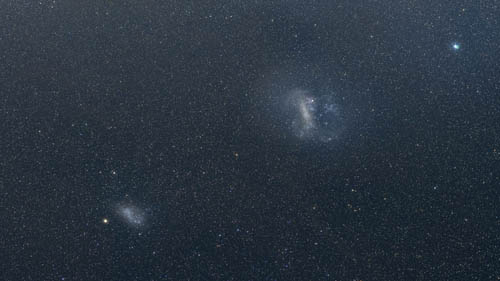In fact, it is believed that galaxies were the first large-scale features to form before stars and clusters. Older galaxies (i.e. galaxies formed long ago) also tend to be active (very bright to be seen over long distances).
Galaxies come in three basic types:
- Elliptical galaxies which look like globular clusters but on a much larger scale

Elliptical Galaxy NGC 4150
Image Credit:
- Spiral galaxies which look like whirlpools

Andromeda Galaxy (nearest major galaxy to ours)
Image Credit:

Barred Spiral Galaxy NGC 1300
Image Credit:
Image Credit:
- Irregular galaxies which are kinda like open clusters, but again on much larger scale.

Large Magellanic Cloud
Image Credit:

Small Magellanic Cloud with two globular clusters
Image Credit:
LMC (upper right center) and SMC (lower left)
Image Credit:
We will discuss the three types in more detail over the next few days.

No comments:
Post a Comment